An Introduction to Collecting Vintage Photographs
![]()
In 2011, a modern-day treasure hunter was browsing through an antique shop in Fresno, California. Flipping through boxes, he came across an old photograph. An unsmiling group of men, 19th century Americans it seemed, were playing croquet in front of a wooden building in a rural setting. It was an interesting photograph. He paid $2 for it and walked out.
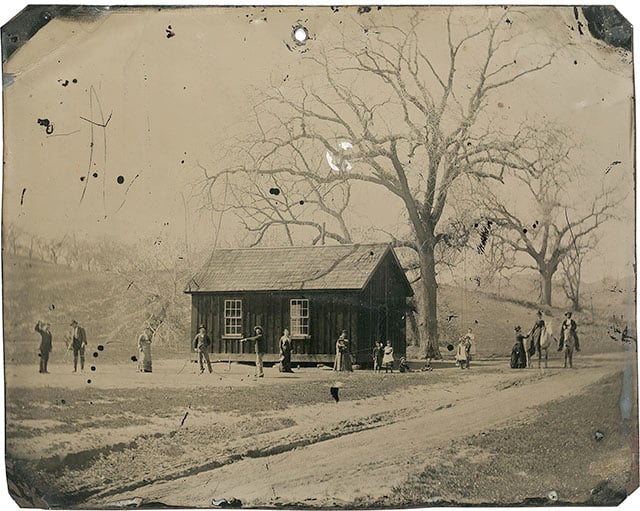
Collecting vintage photographs can be a voyage of discovery. Just like with books, you probably shouldn’t collect photographs for financial gain. Collect because you love history, or imagery, or people captured in a single moment of time, or a particular type of camera, or because the work of a particular photographer resonates with you. As always, the thrill is in the chase.
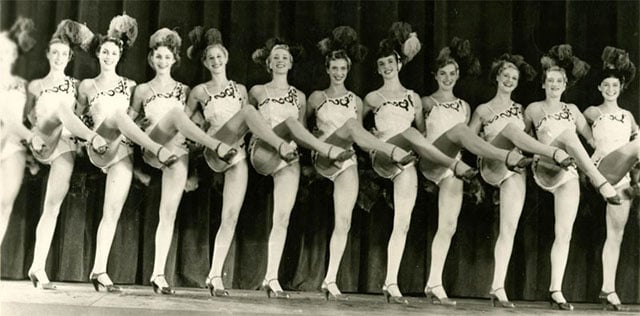
But rare vintage photos can be valuable. AbeBooks has sold a number of them over the years. A signed photograph of American industrialist and philanthropist Andrew Carnegie sold for $3,500, a signed photograph of political activist Helen Keller went for $2,750, a photo of actor Basil Rathbone sold for $2,500 and a signed photo of author Arthur Conan Doyle sold for $2,300.
There are several factors that can affect the value of a vintage photograph:
Scarcity: fewer copies mean greater value.
Condition: avoid creases and handling marks.
Original or reprint: Originals are more expensive. Look for photographer stamps showing the date of production. Reprints are designed for decoration.
Print date: You want an image printed as close to the creation of the negative as possible.
Reputation of the photographer: Has their work being converted into a book or displayed in an art gallery?
Reputation of the human subject: Were they famous? Did they sign it?
Social impact of a particular image: Think of Robert Capa’s famous image of the soldier being shot in the Spanish Civil War or Nick Ut’s shot of the naked and napalmed Vietnamese girl.
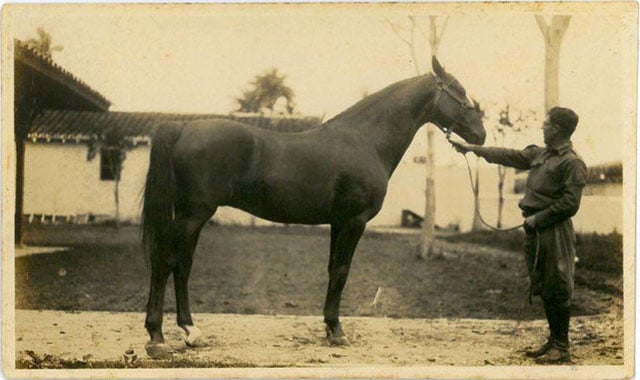
Firstly, it’s important to become familiar with the jargon associated with vintage photography. The main photographic processes from 19th century are daguerreotype, ambrotype, tintype, cabinet card and CDV.
The daguerreotype, the first commercial photographic process, was expensive to produce as a silvered copper plate was required. Subjects were often wealthy individuals. These images could not be reproduced and originals are very fragile. Daguerreotypes can be expensive to purchase, particularly if the image displays something out of the ordinary.
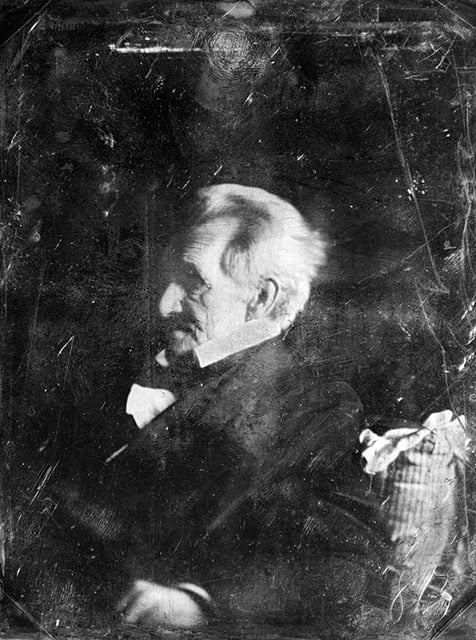
By the mid-19th century, the ambrotype process was introduced, and it was more widely used due to cheaper costs. Family portraits of all classes became common. Stereoviews, or stereographs, were popular for several decades in the second half of the 19th century. They simulated a three-dimensional view and often captured faraway locations.
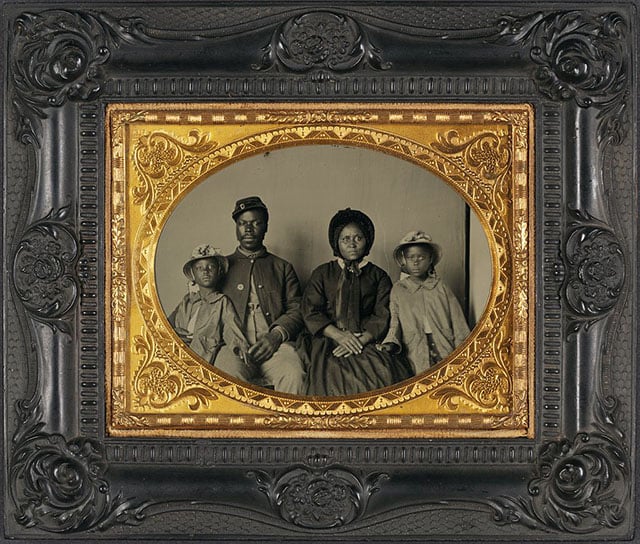
Next came Carte de Visite (also known as CDVs). These had a uniform size and were mounted onto card. Images of children were very popular but many images from the American Civil War were also captured on CDV.
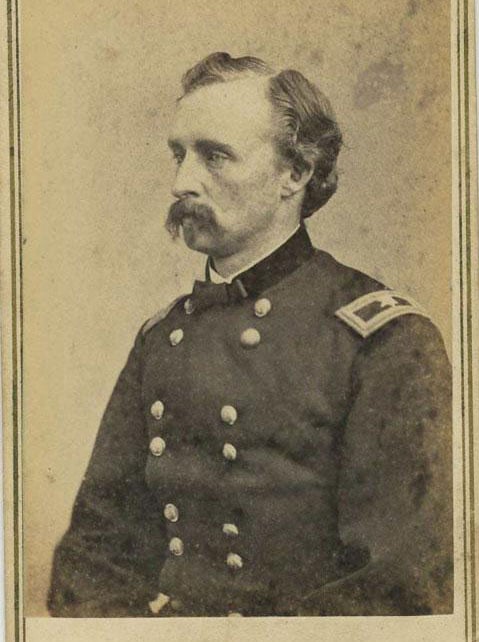
In turn, CDVs were supplanted by cabinet cards, also called cab cards, which were about 6×4 inches in size.
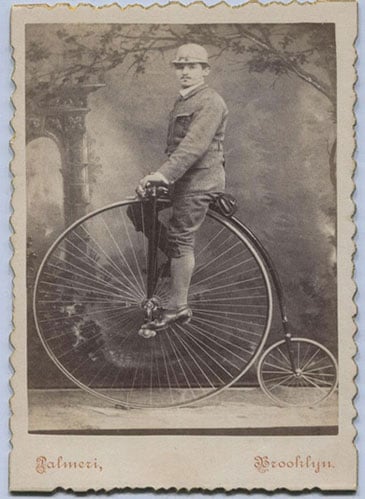
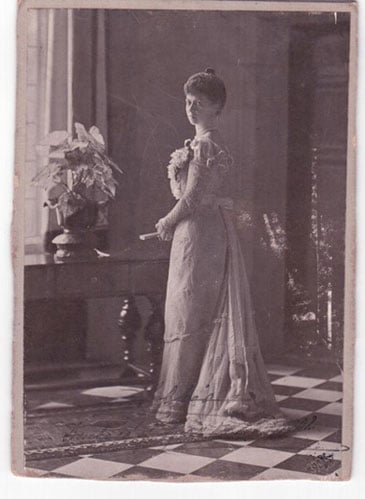
You should also become familiar with tintype photographs that emerged in the second half of the 19th century. These photographs could developed within minutes of the image being taken and became popular at fairs and carnivals, and were even offered by salesmen on the sidewalk.
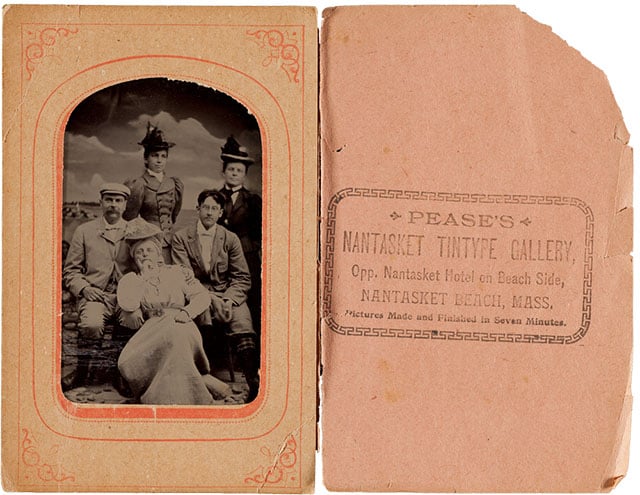
You will also hear the term, photogravure. This can be a photographic or printmaking process where a copper plate is coated with a light-sensitive gelatin which had been exposed to a film positive, and then etched, resulting in a high quality print.
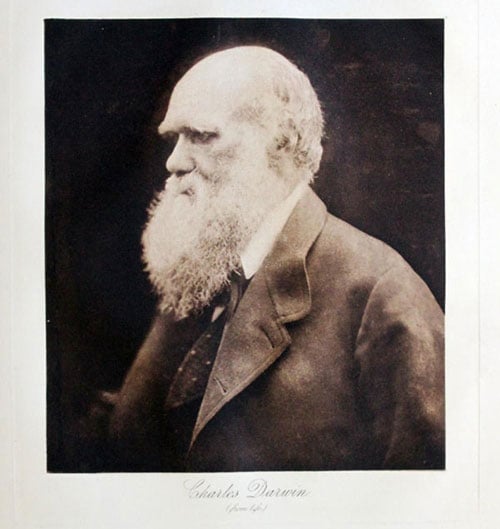
Become familiar with photographic history and jargon and the best way to learn is to read a book. The names of the following photographers should mean a great deal to you: Ansel Adams, Lewis Hine, Robert Frank, Walker Evans, Henri Cartier-Bresson, Dorothea Lange, Brassaï, Mathew Brady, Alfred Stieglitz, Irving Penn, Diane Arbus, Edward Weston, and Edward Curtis.
For recommended photography books, check out “The History of Photography from 1839 to the Present Day” by Beaumont Newhall, “A History of Photography: From 1839 to the Present” by William Johnson, “A World History of Photography” by Naomi Rosenblum, and “The Art of Photography: An Approach to Personal Expression” by Bruce Barnbaum.
Select the theme for your collection. It could be the work from a specific era, process, photographer or studio or a specific sub-category of images such as portraits, landscapes, families, children, military, or entertainment figures.
So what type of photographs should you collect? You could collect by…
Subject matter: From people (including signed images) to landscapes.
Era: From the Victorian times to the selfie age.
Photographer: From Ansel Adams to an obscure wedding snapper.
Format: From Polaroids to daguerreotype.
Intended usage: From a family memento to a Hollywood publicity handout.
Photo postcards are one option and are still created today. If you decide to collect images from entertainment industries like music, cinema or sports, you will encounter publicity images that could be intended for the general public or the media. Vintage Hollywood photographs alone offer thousands of different directions to take.
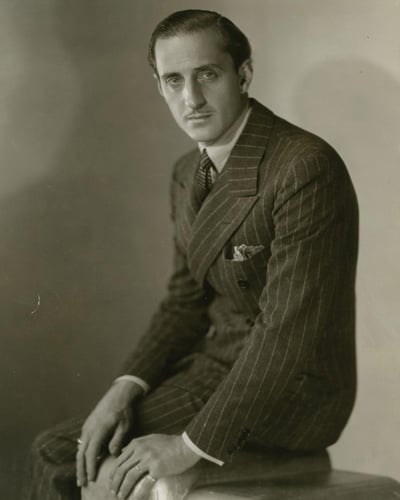
Vintage photographs can be sourced from online marketplaces for collectibles, antique shops, flea markets, garage and estate sales, and auctions. Begin at the bottom by trawling estate sales. That way you cannot spend too much while building knowledge. It’s always recommended that you establish a budget and stick to it.
Good luck, and happy collecting!
About the author: Richard Davies works for AbeBooks, the online marketplace for books, including rare and out of print editions. This article was also published here.